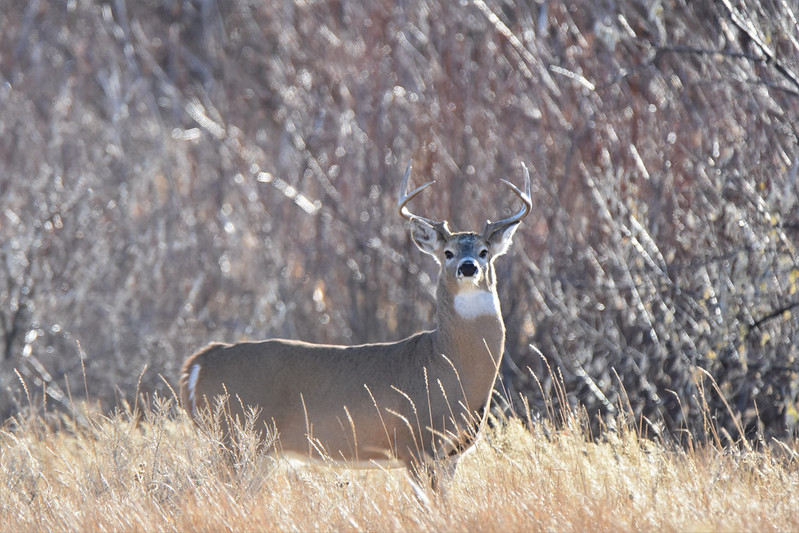Photo courtesy of USDA NRCS Montana on Flickr.
If you’re hunting new land this season, or want to improve the quality of your existing herd, food plots are an excellent way to attract and retain deer. But the process starts long before opening day. Most hunters only think about planting fall food plots to hunt over, but the secret is to take a longer view. Assessing your surroundings, understanding deer movement patterns, and strategically planting year-round will significantly increase your odds of seeing quality deer at the right time of year. Here’s how to start.
Evaluate Your Hunting Property And Deer Patterns
Understanding how deer move and use resources on your land should drive your food plot plans. So, let’s survey the local scene. But how far and wide should you look?
A deer’s home range varies significantly, from a square mile in dense agricultural areas with high deer concentrations up to 15 square miles (or more) in more sparsely vegetated and lightly populated areas. Consider your overall location and make an educated guess on a circumference to draw around your property. The actual range will vary, especially during the rut. But we’ll start here.
Print a satellite or aerial topographic map from Google Earth, your county GIS, or a hunting app to inventory and mark all food, water, and bedding habitat inside your estimated circle of deer travel. Once you have identified the natural or agricultural food resources that exist, your job is to diversify.
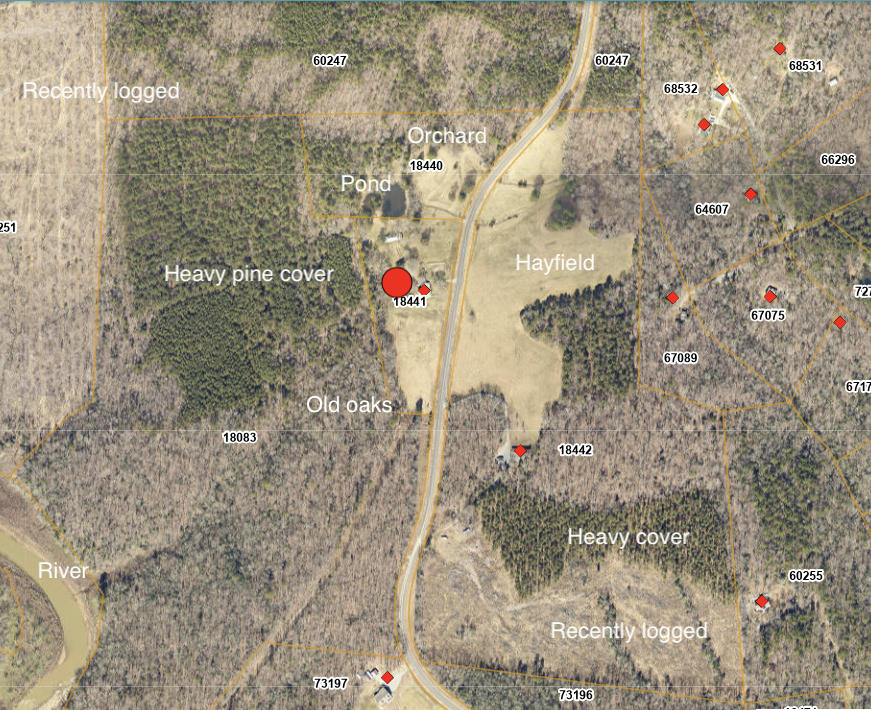
Deer are browsers and like diversity in their diet, so offering something different from what is growing (or falling from the trees) around you can be highly attractive. Your crop choices don’t have to be wildly unusual, but planting high-quality forage that isn’t available nearby is a powerful draw. And besides, your 1,500 sq. foot plot of late summer soybeans can’t compete with your farm neighbors’ 1,500 acres, plus they will all peak at the same time leaving a gap later in the year. So think about the big picture.
Review your map and see how deer are already connecting the dots between existing resources. Take note of (without disturbing) any rubs or scrapes indicating paths of travel. Recognizing the patterns deer already use will help you identify where to place food plots along their key travel routes. Like rest stops on a busy highway, well-placed food plots will easily draw deer in. So let’s create those!
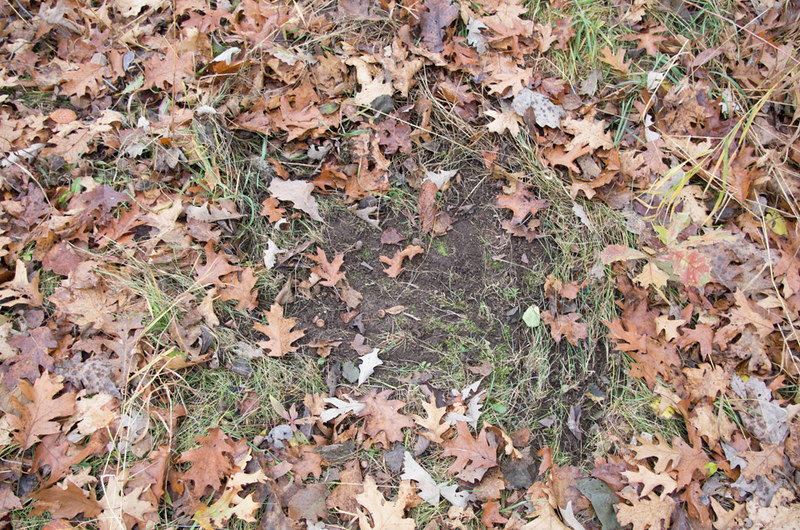
Photo courtesy of Gary Sankary on Flickr
Plant Deer Forage For Year Round Feeding
It seems obvious when you stop and think, but deer eat 365 days a year - not just when we are in a tree stand. And like us, they are creatures of habit (albeit shy ones). They tend to follow patterns and revisit places as long as the resources hold out. So it’s important to keep a steady stream of nutritious forage available year-round. As deer learn where reliable resources exist, they will include them in their routines, which you’ll use to your advantage come camo time.
Natural food sources tend to be abundant in spring (tender growth) and fall (acorns, berries, and other masts). But these nutrient-dense foods can be scarce in late summer and winter. By planting crops that peak or persist through these lulls, deer will be drawn to your plots as they search harder for nutritious forage. Once the deer have found your plots, you’ll want to keep them coming back by offering food sources that mature or supplement throughout the year.
There are four main categories of forage to use in your crop rotation: perennials, warm-season annuals, cereals, and brassicas. There are infinite blends too. The more variety you provide in forage type and height in your plots, the more likely you’ll have successful crops in spite of weather impacts, like early season snow.
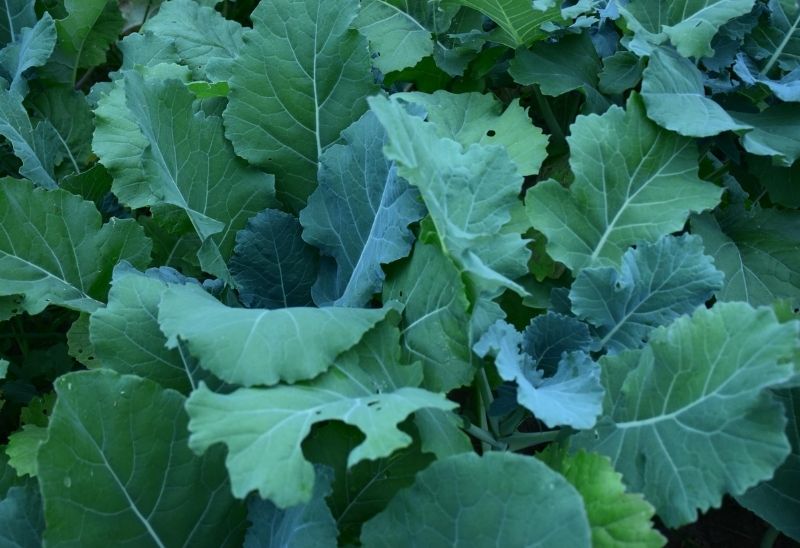
Plant Both Hunting And Nutritional Deer Food Plots
One way to provide consistent forage is to plant more than one food plot and rotate the crops in each. To accomplish this, many hunters plant both hunting (kill) plots and nutritional (feeding) plots.
Choosing Seed for Hunting Plots
Hunting plots are usually small and tucked away in forest clearings or near bedding areas. This is where the action will happen, so the entire plot should be easily visible from whatever stand or blind you hunt. Spend some time in summer trimming shooting lanes and sightlines for your location. And think about how you will approach or access your stand so that your movement or scent doesn’t alert incoming deer. Consider wind direction, and avoid crossing known deer paths.
The crops you plant in a hunting plot should mature or stay viable through your local hunting season, not in mid-summer! Bulbing brassicas like Daikon radishes or Purple Top turnips are great choices, especially for tough soil that needs to be broken up. Deer Creek Seed’s Prime Time Brassica Blend is a great combination of several of these tough, winter-hardy crops which can tolerate temperatures down to 10-15℉. The high-carbohydrate content of late fall brassicas provides deer the needed energy in cold conditions when other forages fade. Deer prize these sweet roots so much they will even paw the ground to dig them up through snow.
Forage brassicas like our Brassica Blend Food Plot Mix offer the same benefits as the bulbing types but with the added benefit of grazable tops which resprout for additional browsing. You can also plant mixes of brassicas and legumes to add protein-rich forage. Our Autumn Buffet, Beets & Sweets, and Succulent Succotash mixes are excellent choices for fall-timed forage.
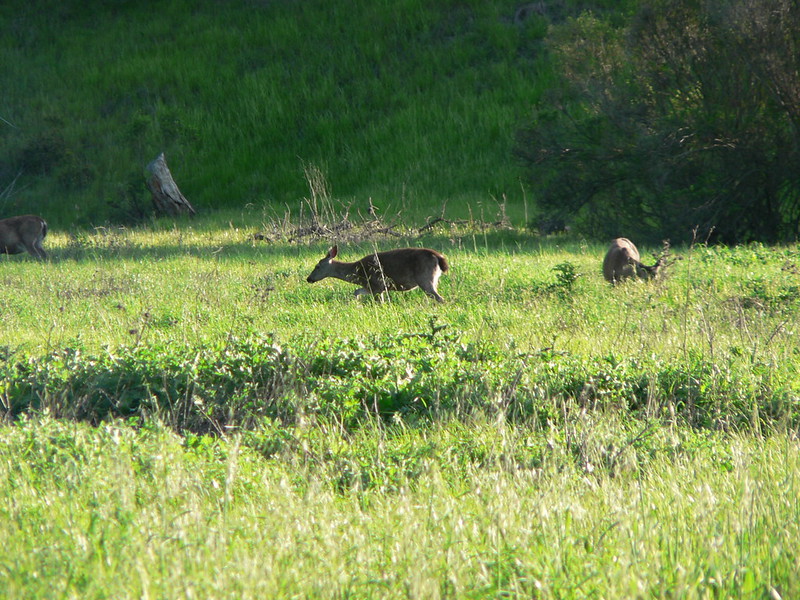
Photo courtesy of Naotake Murayama on Flickr.
Choosing Seed For Nutritional Plots
Nutritional plots, on the other hand, are intended to be a continuous deer buffet. These areas can be larger than hunting plots and slightly more exposed. But they should be near known travel corridors and adjacent to tall grass or wooded areas for quick cover.
Feeding plots should always offer deer something to graze. Deer Creek Seed’s Spring Greens mix is excellent for a strong spring start with protein and minerals for fawn growth and antler development. Our Quad Pro Bean Mix dominates in summer, quickly producing enormous amounts of edible biomass. And if you’re looking for a resilient year-round option, consider our AberLasting clover - a tough hybrid perennial clover that is more drought and cold-tolerant than traditional white clover. It’s a great baseline for long-season forage availability.
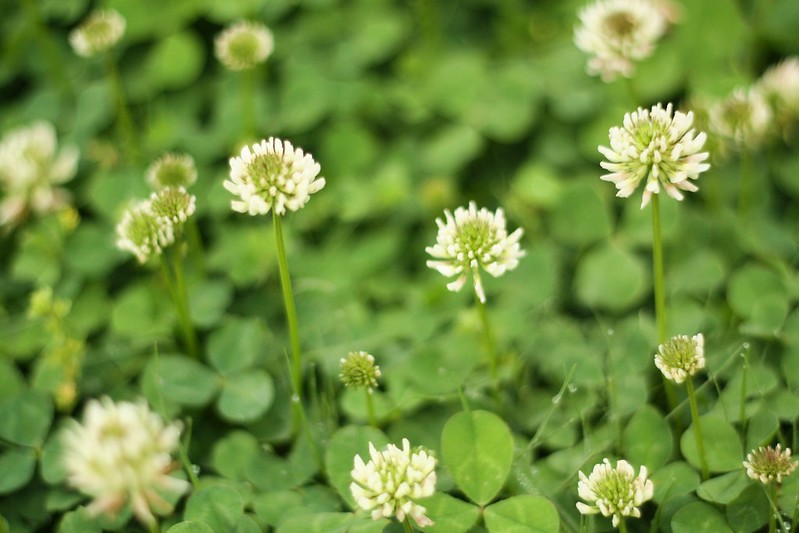 Photo courtesy of Falon Yates on Flickr.
Photo courtesy of Falon Yates on Flickr.
How To Plant A Food Plot
Armed with your plot locations and seed choices, we can get down to business. The seed or seed blend you select will determine what time of year to plant for your zone. For the Upper Midwest, your fall plots should be in by Labor Day.
Here’s our plan to get your new food plots flourishing and keep the deer acoming.
1. Start With a Soil Test
Rule number one to improve your planting success is to take a soil test. Whether you use your county Extension or Deer Creek Seed’s soil test kit, make it your first move. Adjusting the soil pH and nutrient needs for your specific crop can make a world of difference in crop performance and crop palatability to deer. Soil pH changes take time to occur, so there’s no time like the present to start. A soil test will also give you precise nutrient application rates (nitrogen, phosphorus, and potassium) for your chosen crop.
While you’re out taking soil samples, measure and record each plot’s dimensions (smartphone note apps are great for this). This information will come in handy shortly.
2. Eliminate Existing Weeds or Vegetation
New seedlings can’t compete with established plants. Level the playing field by killing existing weeds and vegetation with an herbicide. Till the plot (or scratch small plots with a rake) a few days later. Wait a week or two and spray again to control any lingering or resprouted weeds.
3. Smooth the Seed Bed
Drag, rake, or cultipack any rocky or rough soil so the seed bed is smooth and relatively even. A piece of chain link fence or weighted cattle panel makes a decent drag to pull behind a four-wheeler or UTV. (See Texas A&M’s YouTube video in our ‘Additional Resources’ section for examples of homemade drags.) Now your plot is ready for seed.
4. Watch the Sky Or The Weather Forecast For Planting
To speed along seed germination, aim to plant seed before a drizzling (not flooding!) rain shower, if possible. If conditions are dry and access allows irrigation, go for it. If that’s not an option, just know that dry conditions will delay seed emergence. Don’t panic, once your soil receives some moisture, things will start greening up.
5. Measure Seed And Adjust Spreader Settings
Your food plot size and equipment will dictate how you spread seed. For small tucked-away hunting plots, a hand-cranked spreader is fine. Larger plots may warrant a vehicle-mounted spreader, planter, or no-till drill if you have them.
In any case, take the time to properly weigh the correct amount of seed for your space. Read your chosen seed bag for the recommended application rate. Then refer to your plot measurements from Step 1 to calculate the accurate amount of seed to use in each plot. If broadcasting, you can lean towards the heavy end of the recommended rate, but in general, more is not better. Overcrowded seed will fail to establish and thrive.
Be sure to adjust your seeding rate between seed types if you are planting multiple plots with different mixes. Aim for an even seed distribution pattern, crisscrossing both directions (north to south, and east to west) if broadcasting seed.
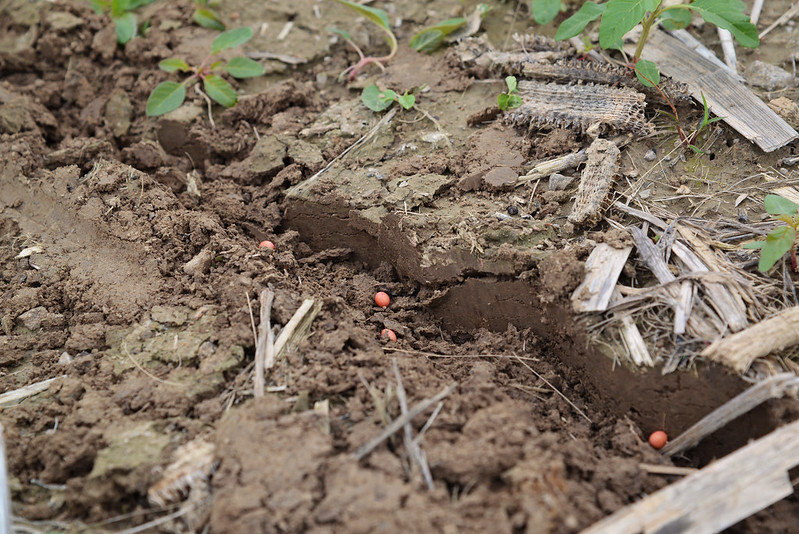 Photo courtesy of the United Soybean Board on Flickr.
Photo courtesy of the United Soybean Board on Flickr.
6. Cover The Seed
Cultipack, drag, or roll your plots to press the seed firmly into the soil. Small seeds like clover and brassicas should be planted only ⅛ to ¼” deep. Whereas large seeds like cereals, peas, buckwheat, and sugar beets should go ½ to 1 inch deep.
Planting depth is the biggest mistake people make when planting seed. Most people bury the seed too deep leading to rot and poor germination. After working the ground, step on your soil. If your foot sinks deeper than the planting depth, cultipack (or drive over it) before broadcasting seed and then cultipack again. This will ensure a firm seedbed for proper planting.
If you lack farm equipment or easy access to your plot, simply driving over the area with a four-wheeler (in each direction, if possible) will help with seed to soil contact.

7. Protect the Plot
Yes, you planted the seed to create forage, but the crop needs to establish before it should be grazed, or it can be permanently stunted. Offering multiple plots with staggered crop maturity can reduce the forage pressure. But a portable solar fence charger and a few strands of polywire can go a long way in helping your crop get up and going before the dinner bell rings.
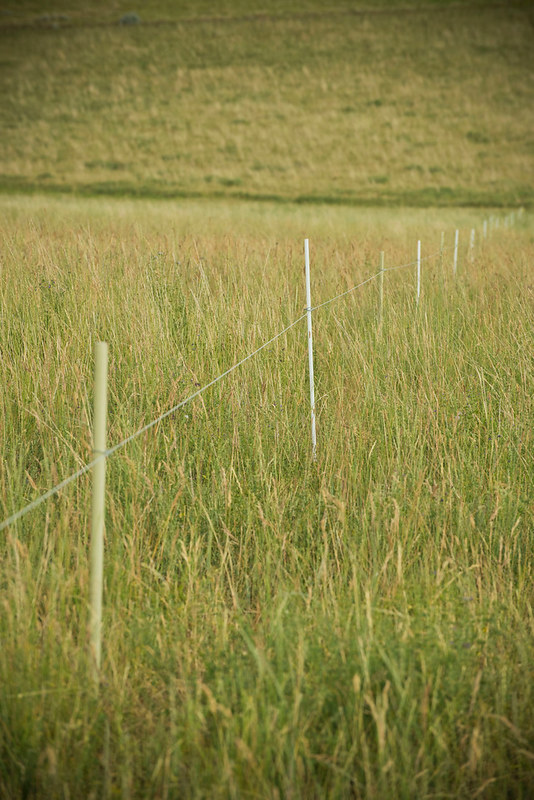 Photo courtesy of USDA NRCS Montana on Flickr.
Photo courtesy of USDA NRCS Montana on Flickr.
8. Go easy on the fertilizer
Your soil test results may recommend some nutrient application, but keep in mind that these are forage, not production agriculture crops. They generally don’t require the amount of inputs production crops do. If possible, note your forage seed type on your soil samples for the lab - the results you receive may be quite different for forage soybeans versus commercial production varieties.
If your soil does require nutrient application, put half the recommended amount of fertilizer down at planting and the other half 3-5 weeks later. This will help manage some of the weeds growing and the second round will give the new crop a boost of nutrition in the crucial early stages.
Also, remember that over-fertilizing newly seeded areas fuels weed growth. Note that properly inoculated legumes like our AberLasting clover will fix their own nitrogen, saving you a step and expense! A great reason to include legumes in your mix or crop rotation.
9. Mow clover or cereal plots a few times per season, if necessary, to keep them sprouting
tender foliage. This may not be an issue in areas with dense herd populations! Brassicas and peas and beans don’t require mowing.
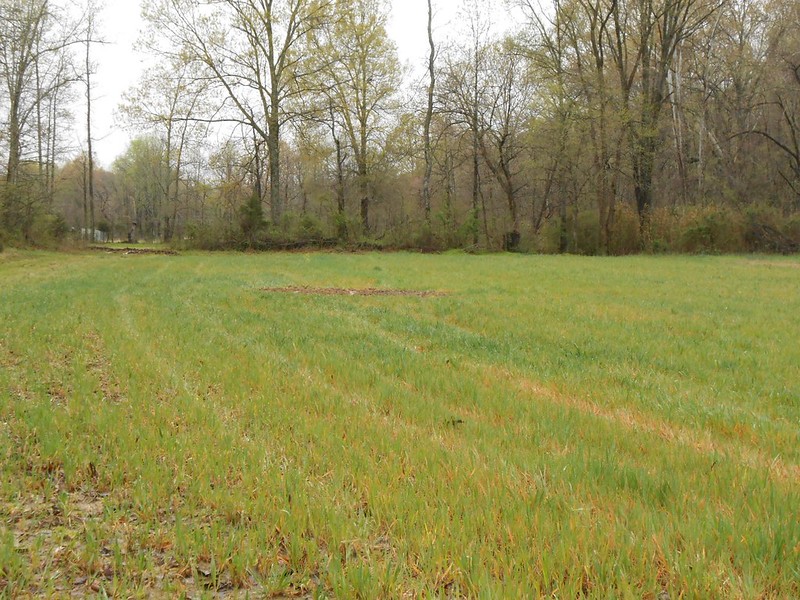 Photo courtesy of Arkansas Forestry on Flickr.
Photo courtesy of Arkansas Forestry on Flickr.
Monitor Food Plots For Deer Traffic and Population
Once your food plots are planted and growing, you can switch to maintenance and observation mode.
Nutritional plots are great spots to place game cameras and gauge deer browse pressure. A 3-foot square cage of chicken wire anchored inside a foot plot will show you how much of the surrounding crop is being grazed versus the full crop height in the cage. Properly placed game cameras will allow you to assess your herd population and daily patterns. Plus, they provide those Instagram-worthy buck photos to make your hunting buddies envious.
Both hunting and nutritional plots can be handy for spring and summer scouting, but as summer wanes, avoid visiting your hunting plots except for brief (scentless!) stops to check game camera cards. Hunting plots should feel safe and undisturbed to deer so they will reliably return. Whenever approaching food plots, keep wind direction and scent control top of mind to avoid alerting deer and dashing your hunt potential.
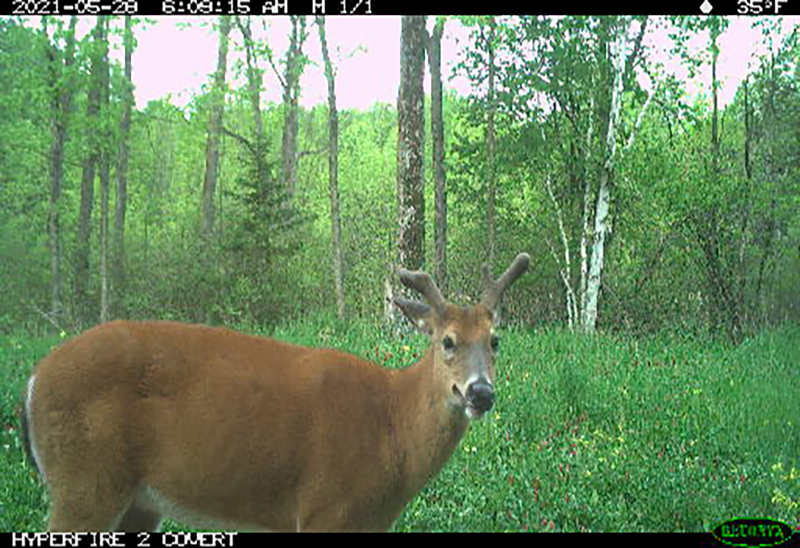
Continue Planting For The Off-Season
Many of the food sources for whitetail deer are also highly attractive to other wildlife, like turkey, rabbits, quail, and songbirds. Keep the food plots growing for other species’ hunting seasons and keep deer loyal to your land. If you are primarily a deer hunter, planting for off-seasons may feel time-consuming or unrealistic. This is where perennials shine. Plant them once and renew them occasionally for a reliable, low-maintenance food source.
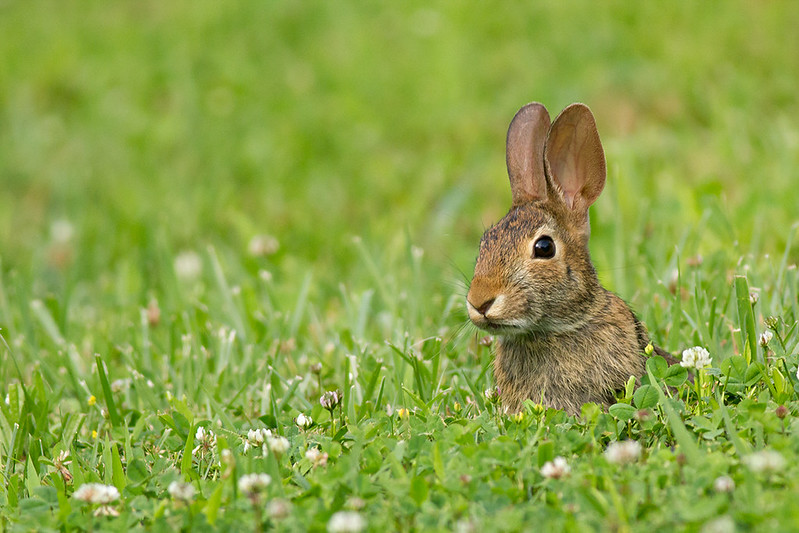 Photo courtesy of zenbikescience on Flickr.
Photo courtesy of zenbikescience on Flickr.
Planning your deer food plots on paper before you head to the field will create better habitat long-term. Understanding how deer access and move across your property will guide your crop choice, as well as designated feeding and hunting areas. Wildlife land management is a process that takes time to learn and refine, but it also keeps you in tune with the interconnectedness of nature. Isn’t that (plus a hearty backstrap) what we’re truly after?
 Photo courtesy of Deer Creek Seed customer Dean C. on Facebook
Photo courtesy of Deer Creek Seed customer Dean C. on Facebook
Additional Resources
- Minnesota NRCS offers a great publication on managing forests for whitetails.
- Quality Deer Management Association has an excellent in-depth presentation on whitetail habitat with lots of photos and diagrams to understand full lifecycle and management considerations.
- Texas A&M Agri-Life Extension has a good YouTube video on homemade drags for covering broadcasted seed.
- The University of Missouri provides a great publication on whitetail habitat including a handy scoring guide to evaluate your property.
- As your planting and hunting skills expand, you’ll want to think through herd management. The University of Tennessee Extension has an excellent publication on quality deer management.
- Midwest Whitetail published a good overview of crop rotation for food plots.
- Texas Parks & Wildlife offers a thoughtful and holistic property management presentation that walks you through the goals and strategies to consider on your land.
- For more deer habitat information, NC State University has a short overview of the species and property management.



